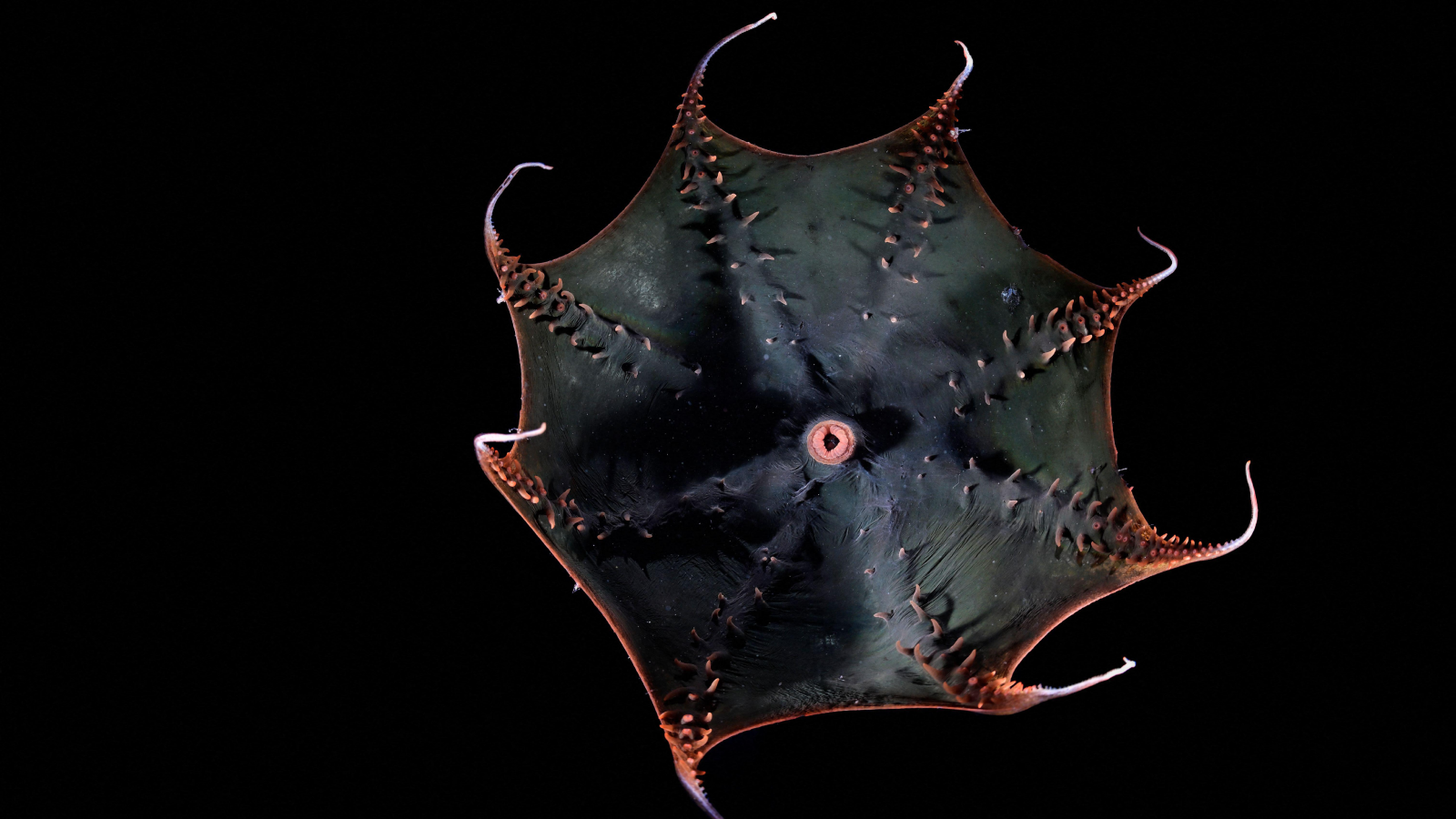
A detailed scan of the human genome has revealed a small snippet of DNA that has undergone accelerated evolution in humans.
The precise role of the DNA section is unclear, but it is part of a gene that becomes activated during a critical stage of brain development in humans. The genetic code fragment is also found in other animals, but has remained largely unchanged for several million years.
The researchers say the finding, detailed in the Aug. 17 issue of the journal Nature, could help explain why the brains of humans are nearly three times larger than those of chimpanzees, our closest living relative.
Evolution fast track
The researchers compared the genomes of humans, chimpanzees, mice and rats and identified sections of DNA that have remained largely unchanged over the 80 million years or so since we all shared a common ancestor.
The search was then refined to look for the snippets of DNA that have changed markedly since the 6 million years or so since the ancestors of humans and chimps split.
"Some DNA regions have hardly changed at all over many millions of years in most species," said study team member Katherine Pollard, who is now at the University of California, Davis. "My twist was to look for a subset of these genes that have changed just in humans."
Get the world’s most fascinating discoveries delivered straight to your inbox.
Pollard found 49 regions in the human genome that showed signs of rapid evolution. The majority of these so-called "human accelerated regions," or HARs, were located near genes that help regulate the function of other genes. Furthermore, 12 of the HARs were located near genes involved in brain development.
Topping off the list was HAR1, a section of DNA made up of 118 bases, or "letters." A computational analysis of HAR1 showed that is essentially the same in all mammals except humans.
In the time since humans and chimps split about 6 million years ago, HAR1 has racked up 18 base substitutions when only one or none would be expected by chance.
For comparison, the HAR1 region of chickens and chimps only differ by two substitutions, even though more than 310 million years have passed since they shared a common ancestor.
Important for brain development
After HAR1 was identified, Pierre Vanderhaegen, a neuroscientist at the University of Brussels, screened human embryonic brain sections to determine when it was active.
Vanderhaegen found that HAR1 was expressed as part of a gene called HAR1F between the seventh and ninth week of gestation in the part of the embryonic brain that gives rise to the cerebral cortex.
Specifically, HAR1F is active in special nerve cells called Cajal-Retzius neurons, which are critical to the formation of the layered structure of the human cerebral cortex. The neurons release a protein called reelin that helps guide neuron growth and connections. When reelin is active, HAR1F is also active.
"We don’t know what it does, and we don't know if it interacts with reelin," said study team member David Haussler of the University of California, Davis. "But the evidence is very suggestive that this gene is important in the development of the cerebral cortex, and that's exciting because the human cortex is three times as large as it was in our predecessors."
A different kind of gene
Unlike most known genes, HAR1F does not carry instructions for making a protein. Instead, it produces so-called "functional RNA molecules," which perform biological functions similar to proteins. But where proteins are built using molecules called amino acids, RNA molecules are made up of nucleic acids—the same building blocks as DNA.
Functional RNAs use the same type of stable base pairing that keeps a double-stranded helix of DNA together. In HAR1's case, however, there are several helices. Of the 18 base substitutions unique to humans, 10 are involved in altering the length and configuration of these helices.
"It's a brand new structure, unique," said study team member Sofie Salama, also from UC Santa Cruz.
It's not clear yet what the changes do, but it could play a role in making human and chimp brains different, the researchers say.
Haussler said the team plans to study the other HARs in similar detail.
"We've only studied one of these regions carefully," he said. "Now we have to go through the other 48."


